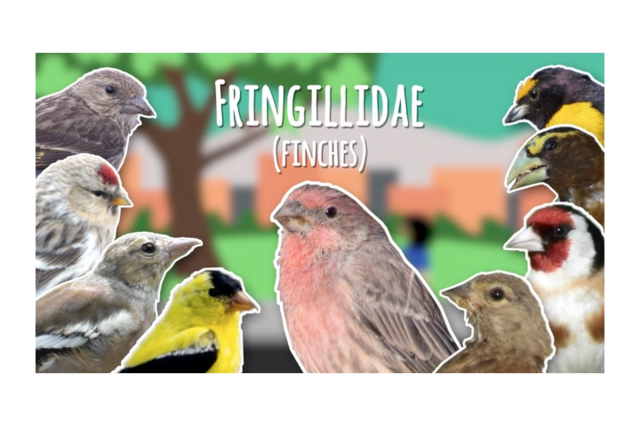Backyard Birding Episode 4: Birds of All Feathers
Break down how birds are broken down with NHM Ornithologists Allison Shultz and Kimball Garrett and uncover some surprising facts about feathered phylogeny.
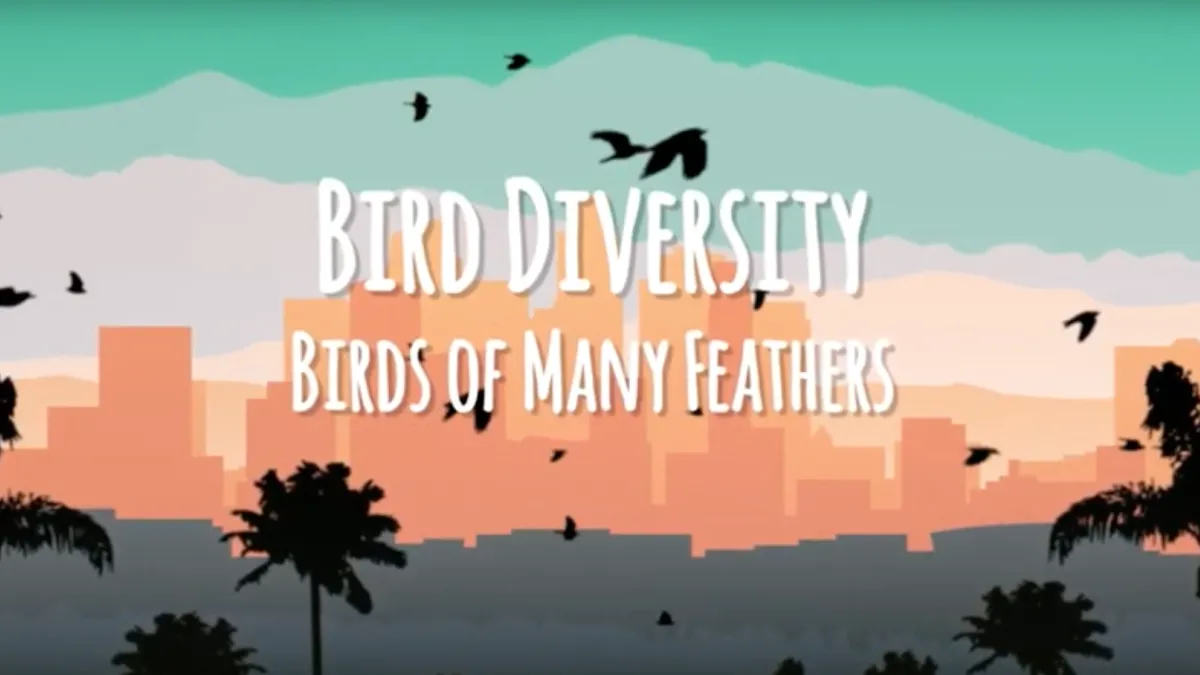
From the smallest hummingbird to the California Condor, birds are an incredibly diverse group of animals.
Birds of a feather might flock together, but birds that look alike aren't necessarily closely related. Which of these birds do you think are the closest relatives?

Peregrine falcon image by iNaturalist user labradorite_luster
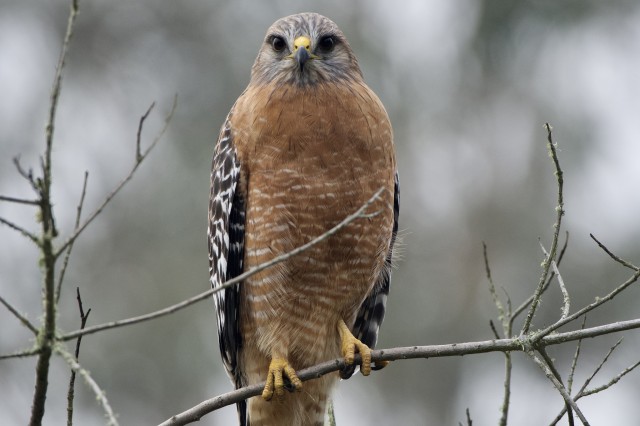
Red-shouldered hawk image by iNaturalist user radrat
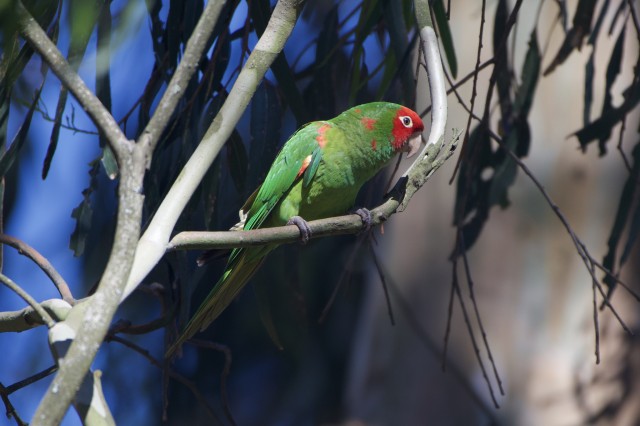
Red-masked parakeet image by iNaturalist user radrat
1 of 1
Peregrine falcon image by iNaturalist user labradorite_luster
Red-shouldered hawk image by iNaturalist user radrat
Red-masked parakeet image by iNaturalist user radrat
More Than Meets the Hawkeye
You might think that with their beaks built for rending flesh, fierce talons, and similar hunting styles that falcons and hawks would be the most closely related birds above. We might even congratulate you for being eagle-eyed (or hawk-eyed) for noticing details. Both birds are raptors—they dive-bomb into prey from high up. But, recent studies of bird DNA revealed that falcons are more closely related to songbirds and parrots than their feathered competitors the eagles.
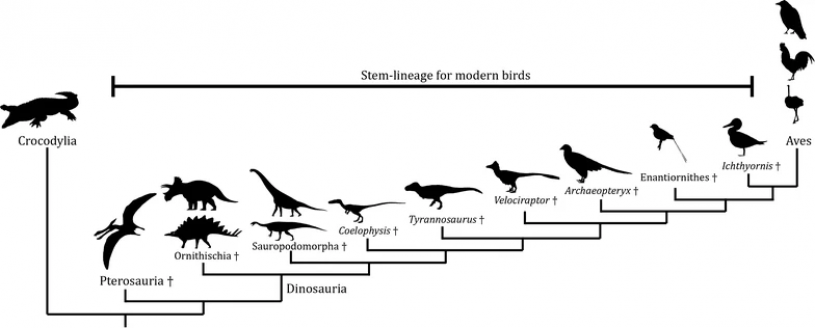
Image by Roy E. Plotnick, Jessica M. Theodor & Thomas R. Holtz Jr. used under CC BY 4.0
Scientists like Dr. Shultz use phylogenies—evolutionary histories of species that make something like a family tree—to classify different animals and their relationships, and recent phylogenies based on DNA have revealed surprising relationships like this. This divergent DNA means that those meat-eating traits must have evolved multiple times independently.
The bird family tree is full of surprising connections, and new things are being discovered all the time.
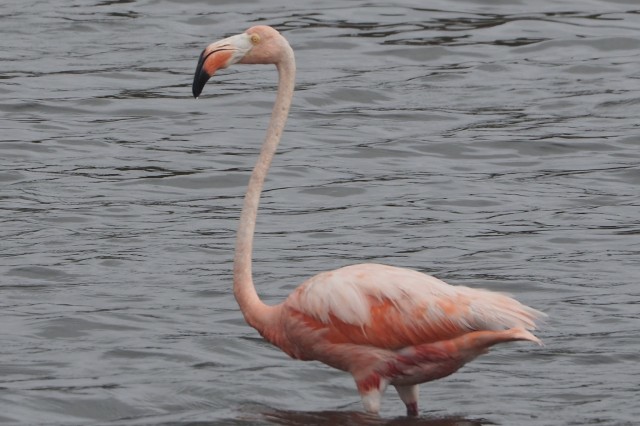
Investigations into bird DNA have revealed that flamingos closest relatives are...
American flamingo image by iNaturalist user andrawaag

...the small waterbirds called grebes.
Eared grebe image by iNaturalist user jmaley
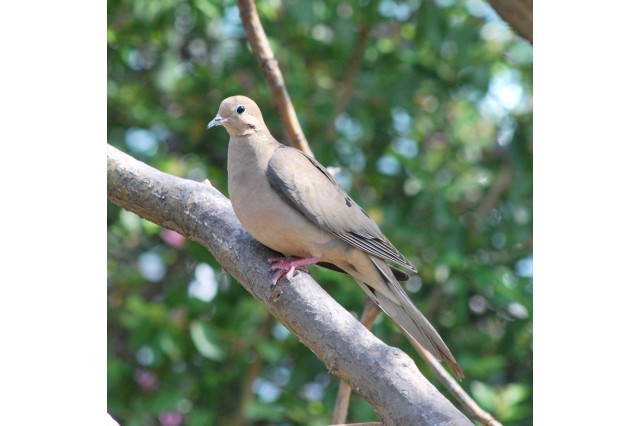
Even more surprisingly, these two very different waterbirds are more closely related to land birds like doves than other waterbirds.
Mourning dove image by iNaturalist user andy71
1 of 1
Investigations into bird DNA have revealed that flamingos closest relatives are...
American flamingo image by iNaturalist user andrawaag
...the small waterbirds called grebes.
Eared grebe image by iNaturalist user jmaley
Even more surprisingly, these two very different waterbirds are more closely related to land birds like doves than other waterbirds.
Mourning dove image by iNaturalist user andy71
You can help expand our understanding of birds by posting photos of what you see on iNaturalist. Experts will identify wildlife even if you can't, and you'll be joining thousands of other community scientists to help us understand our natural world—even when it's in our backyards.
